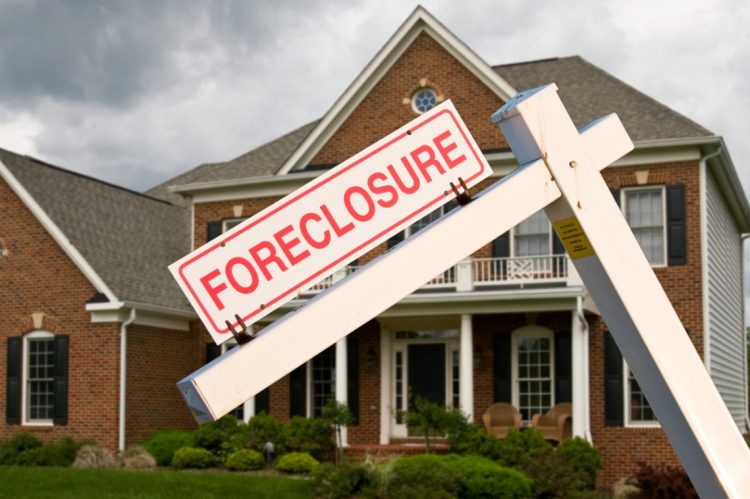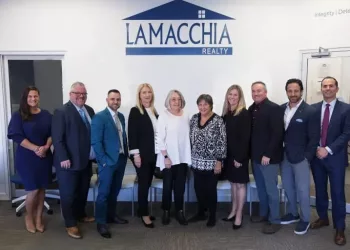As of Q3 2023 about 1.3 million (1,277,612) residential properties across the U.S. are vacant, representing 1.3% (one in 79 homes), according to a new report from ATTOM. These numbers are virtually the same as last quarter.
ATTOM’s Vacant Property and Zombie Foreclosure Report for Q3 2023 found that 315,425 residential properties are in the process of foreclosure, up 1.3% from Q2 and up 16.6% from last year. Among those pre-foreclosure properties, about 8,800 sit vacant as zombie foreclosures, up 0.3% from Q2 and 13.9% from a year ago.
The latest increase marks the sixth straight quarterly gain. However, it was one of the smallest of the recent increases and continued to leave zombie foreclosures representing just a tiny fraction of the nation’s total stock of 101.6 million residential properties.
Key highlights:
- While most neighborhoods around the U.S. have few or no zombie foreclosures, the biggest increases in states with at least 50 zombie properties are in Missouri (+51%), Maryland (+22%), Oklahoma (+15%), Connecticut (+13%) and Pennsylvania (+11%).
- The largest decreases among states with at least 50 zombie foreclosures are in Texas (-33%), Michigan (-12%2), Georgia (-11%), Kentucky (-9%) and Nevada (-8%).
- The vacancy rate for all residential properties has remained virtually the same for the fifth quarter in a row. It now stands at 1.26% (one in 79), almost matching the 1.27% rate in Q2 2023 and 1.28% last year (one in 78).
- States with the largest vacancy rates for all residential properties are Oklahoma (2.26%), Kansas (2.13%), Alabama (2.03%), Indiana (2.02%) and West Virginia (2%).
- Those with the smallest overall vacancy rates are New Jersey (0.33%), New Hampshire (0.33%), Vermont (0.39%), Idaho (0.43%) and North Dakota (0.64%).
- Among 166 metropolitan statistical areas in the U.S. with at least 100,000 residential properties, those with at least 100 properties facing possible foreclosure and the highest zombie foreclosure rates are Cedar Rapids, Iowa (12.5%); Peoria, Illinois (10.8%); Indianapolis Indiana (8.9%); Fort Wayne, Indiana (8.8%) and Youngstown, Ohio (8.3%).
- Aside from Indianapolis, the highest zombie-foreclosure rates in major metro areas with at least 500,000 residential properties and at least 100 homes facing foreclosure are in Cleveland, Ohio (7%); St. Louis, Missouri (6.5%); Baltimore, Maryland (5.8%) and Pittsburgh, Pennsylvania (5.7%).
- Among the 23.4 million investor-owned homes, about 836,000 are vacant (3.6%). The highest levels of vacant investor-owned homes are in Indiana (6.9%), Oklahoma (6.2 percent), Alabama (6.1%), Illinois (6%) and Ohio (5.9%).
- Among the roughly 14,800 foreclosed, bank-owned homes in the U.S. during the third quarter of 2023, 15.8% are vacant. In states with at least 50 bank-owned homes, the largest vacancy rates are in Kansas (30.4%), Iowa (26.6%), Ohio (26.1%), Michigan (25.9%) and Indiana (22.6%).
Major takeaway:
“Zombie foreclosures again are ticking up a tiny bit this quarter, tracking along with a small rise in overall foreclosure activity around the country. That’s to be expected, as a handful of homeowners who can’t catch up on overdue mortgage payments just walk away from their properties,” said Rob Barber, CEO for ATTOM. “But the big picture remains the same. Abandoned properties pose almost none of the blight threats they brought a decade ago when far more homeowners were throwing in the towel after the Great Recession of the late 2000s.”
Barber added, “With a few exceptions – most notably New York City and Miami – lower-end markets still have the highest portions of zombie homes. That reflects larger portions of households with limited financial resources to avoid foreclosure. Those areas are likely at higher risk for issues related to zombie foreclosure if the overall housing market turns back downward.”
For the full report, click here.












